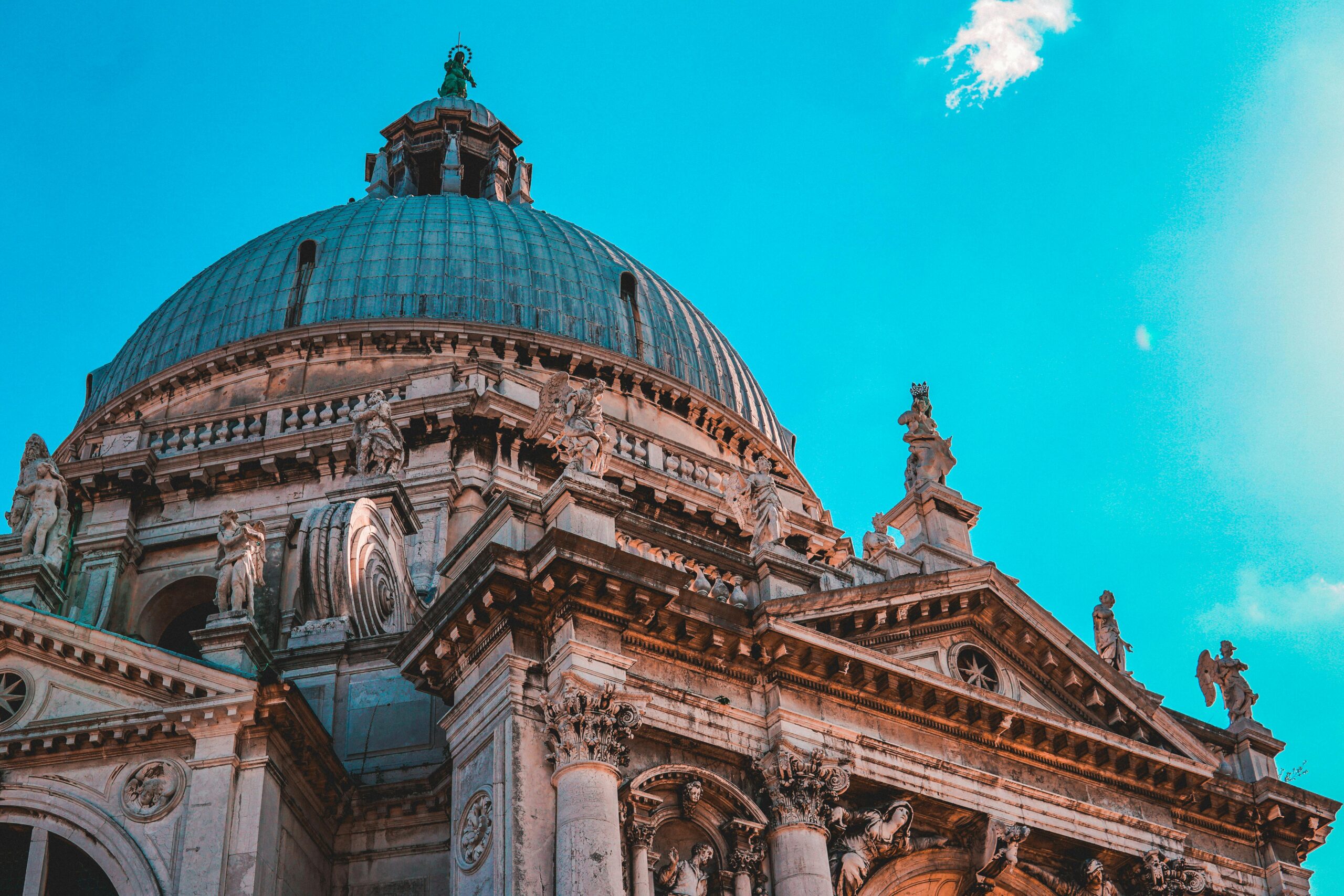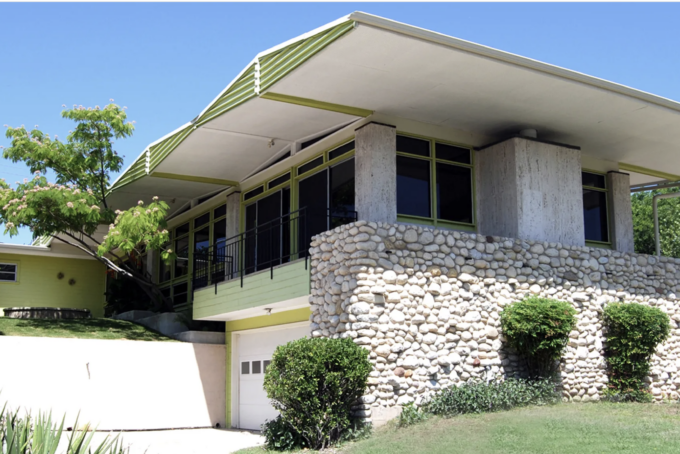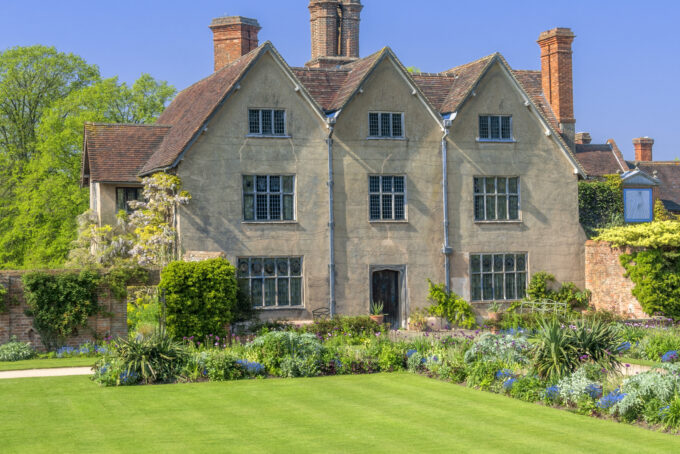From the sleek skyscrapers of bustling cities to the preserved, ancient temples found in rural landscapes, humans have created a myriad of architectural styles since the dawn of time. The world’s architectural landscape is proof of mankind’s creativity, innovation, and diversity. Architectural styles from varying periods and parts of the world highlight what people value. And because of that, architecture is a reflection of our culture and history. Adding pieces to your home inspired by these architectural designs is one way to truly level up your interiors and infuse them with the same culture and history. For inspiration, here are six architectural design styles you should know about.

Baroque
In 17th-century Italy, Baroque architecture emerged, characterized by its unique flair for the dramatic. It quickly gained steam across Europe, featuring bold elements like curved forms, grandiose columns and sculptures, illusionistic frescoes, and intricate detailing.
People who prefer this distinct style typically appreciate a more lavish, ornamental approach to design. Take the Palace of Versailles in France, for instance. This iconic structure is the epitome of Baroque opulence thanks to its grandiose interiors and elaborate gardens that evoke feelings of awe and wonder.
Gothic Revival
A reaction to the overindulgence of the Baroque style, Gothic Revival architecture came in the late 18th century as a way for people to return to the simpler, more classic designs of the Middle Ages.
Characterized by pointed arches, ribbed vaults, and elaborate spires, these carefully crafted buildings feature plenty of ornate decoration and dramatic silhouettes. The Houses of Parliament in London and the Notre Dame Basilica in Montreal are perfect examples of this, as they point to a romanticized vision of a medieval past.

Mughal
If you take a liking to great, big symmetrical structures with intricate designs, the Mughal architectural style is certainly right up your alley. Originating in 12th century India, this style is a special blend of Persian, Turkish, and Indian influences. Think grandiose domes, ornamental arches, and delicate floral motifs.
Mughal architecture is best known for using a lot of marble and precious stones, which is why it’s commonly found in mosques and mausoleums. A perfect example of Mughal style is the Taj Mahal in Agra, India. It features a marble exterior complemented by a variety of precious stones including jade, crystal, and lapis lazuli. Featuring a clean, white marble façade and delicate floral motifs that symbolize eternal love and beauty, the Taj Mahal is clear evidence of the incredible Mughal craftsmanship, which is why it’s one of the New7Wonders of the World.
Futurism
Futurism is especially popular in rapidly developing cities in Asia, where technology is pushed to the forefront. Characterized by cutting-edge technology, innovative materials, and sustainable practices, this innovative style creates futuristic buildings that push the boundaries of imagination and engineering, inciting hope and excitement for a better future. Examples of futurism include the Marina Bay Sands in Singapore, featuring an amazing rooftop infinity pool!

Art Deco
If you appreciate modern luxury design, the Art Deco architectural style is for you. This inventive architectural style became especially popular in the 1920s and 1930s. Following World War II, many Americans shared their optimism for the future through technological innovation, consumerism, and of course, interior design. Characterized by geometric shapes, bold colors, and streamlined designs, Art Deco oozes modernity and advancement.
Popular examples of this fun architectural style include the Chrysler Building and the Empire State Building in New York City, where sleek skyscrapers pointed to a growing ingenuity and ambition during the Jazz Age.
Bauhaus
Functionality, rationality, and simplicity are at the forefront of Bauhaus architecture, making it an ideal choice for people who practice minimalism.
Emerging in Germany in the early 20th century, Bauhaus wasn’t just an architectural style, it was an entire movement that totally revolutionized modern design. With clean lines, flat roofs, and open floor plans, this unique aesthetic makes incorporating form and function a priority.
For example, the Bauhaus School building in the city of Dessau, Germany highlights these principles by incorporating sleek geometric shapes and industrial materials, laying the groundwork for modernist architecture worldwide.
popular posts
- 1It’s Black Business Month, So Let’s Go Shopping and #BuyBlack!
- 2These Home Decor Items Will Instantly Make Your Space Look Outdated
- 3Black-Owned Home Decor Stores To Support Across the United States
- 4A Look Inside Elon Musk's Tiny $50,000 House
- 57 Black and Multicultural Designers To Follow For Design Inspo
Article

Viva La France: Bathroom Accessories To Remind You of Paris
by Melody Brown | January 19, 2023

Icon Lena Horne’s NYC Personal Office Hits The Market For $1 Million
by Erika Hardison | April 25, 2023
Spaces
Whether it’s luxury or ease, every area of your home should be as fabulous and unique as you.

5 Black Women Architects To Follow On Instagram ASAP
by Kelsey Marie | March 22, 2023
FOLLOW ALONG ON INSTAGRAM
#homeandtexture
Find us on social for more home inspiration where culture, personal style, and sophisticated shopping intersect to help you create a home where you love to live.





